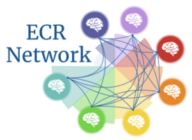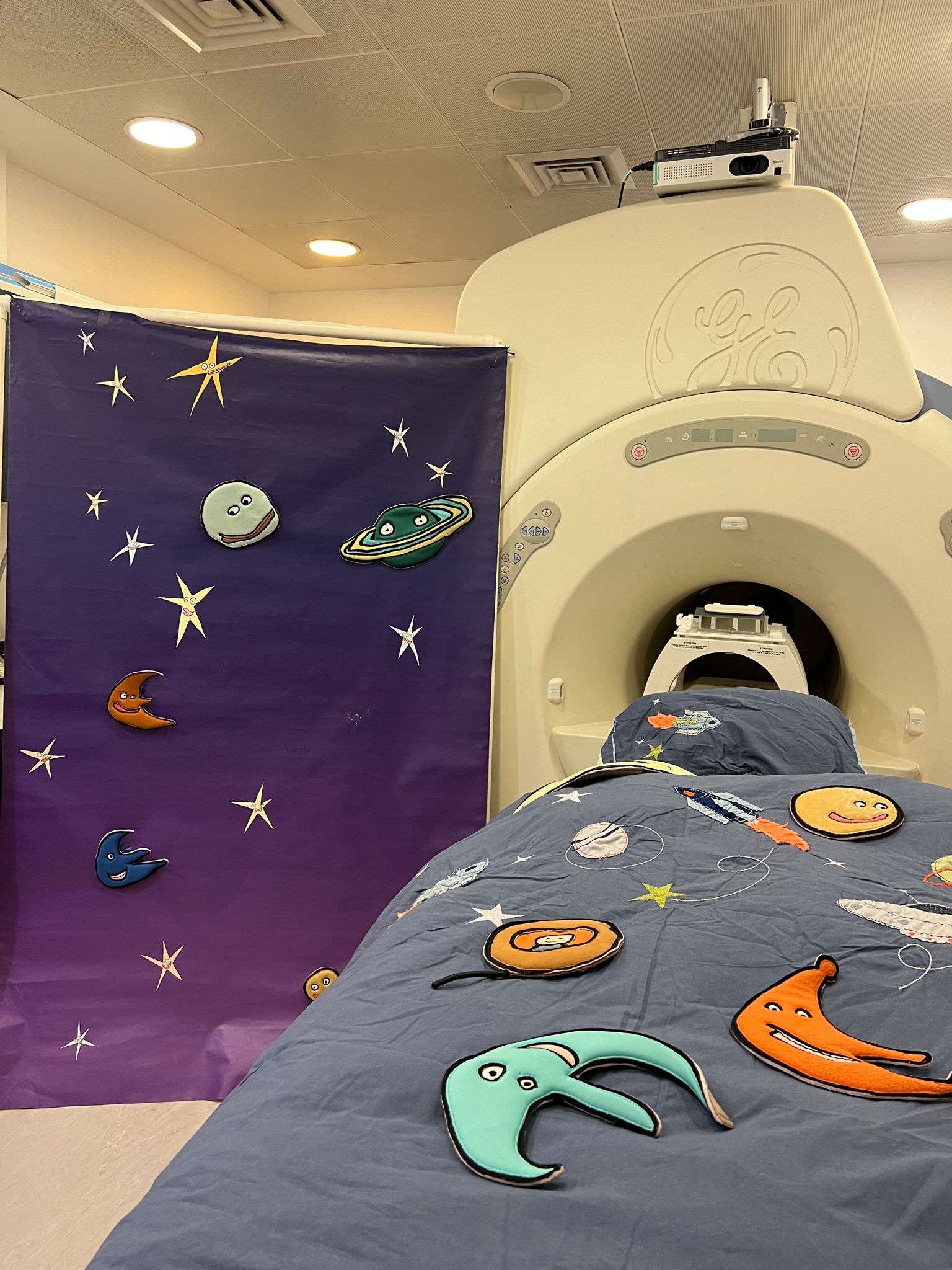The ECR lab visit at King’s College London

It is said that a picture says more than a thousand words, but how much more does seeing a powerful mini-fMRI scanner in real-life say than a picture?
 Group picture of ECR KCL lab visitors and organisers
Group picture of ECR KCL lab visitors and organisers
On the first of March 2024, a group of 26 early career scientists visited the testing labs at the Denmark Hill campus of King’s College London. The research in the labs aims to understand learning and brain development between toddlerhood and adulthood in individuals with neurodevelopmental conditions. The research centre has a wealth of neurotechnologies which made it the perfect place for our ECRs to visit. There is eye-tracking to examine childrens’ attention (what, when, and how long are they looking?), electroencephalography (EEG) and magnetic resonance imaging (MRI) systems to study brain functioning and structure, and quiet rooms for behavioural assessments and clinical interviews. Some of the studies that are taking place here are the Longitudinal European Autism Project (LEAP), the Preschool Brain Imaging and Behaviour Project (PIP), and the Shiftability study.
At the start of the lab tours each visitor got their own visitors badge with their names and the R4N and ECR logos. My group was led by Sanjana Gandhi and started in the MRI labs where Zuzana Suchomelova showed us the space tent, the MRI checklist passport, and the MRI mock scanner. These were purposefully created for children and neurodivergent individuals to make them more familiar and comfortable with the MRI scan. Some of the visitors had a try with sticking stars and rockets onto the space screen themselves. Dr. Frantisek Vasa and Carly Bennallick gave us a demonstration of the mini-fMRI scanner, also called the Hyperfine. The Hyperfine is mobile, less expensive, and smaller in size than a typical MRI scanner. This makes it possible for example to scan patients on the bedside rather than moving them to the fMRI room, and to scan individuals in settings where typical MRI scanners are not available.
 Picture above: Zuzana shows the space mock MRI scanner.
Picture above: Zuzana shows the space mock MRI scanner.
 Picture above: Frantisek and Carly give a live demonstration of the Hyperfine MRI scanner.
Picture above: Frantisek and Carly give a live demonstration of the Hyperfine MRI scanner.
After the MRI labs, we moved on the EEG & eye-tracking labs, and quiet rooms in another building on campus. The quiet rooms contained seating areas for families and participants to sit, and toys for the children. Colourful stickers on the wall brightened up the room to create a welcoming and living room-like environment. Dr. Amy Goodwin explained how the studies assess cognitive development in toddlers, while Sanjana talked about some of the clinical assessments done with the families and adults. Following the quiet rooms, we visited the EEG & eye-tracking labs which were located more deeply within the building to reduce any noise in the measurements. We learned about the experimental paradigms used for EEG and eye-tracking. Several of these paradigms contained bright and colourful pictures to make them more child friendly. The EEG system consisted of EEG sensors attached to a swimming cap which is available in different sizes for different heads. The EEG technology allows the researchers to record brain responses every few milliseconds and can tell us exactly when the brain is processing the stimuli.
The KCL lab visit concluded with a social for the visitors to talk about the labs and connect with each other. We were very fortunate to award R4N ECR travel grants to people having to travel from outside London. Visitors were very positive about the event and also came up with novel ideas for ECR events and research collaborations. Seeing neurotechnologies in pictures rather than reading about them is very helpful. Events like these however where you see these neurotechnologies in person and meet the researchers and other talented early career researchers inspires new ideas and collaborations.
Written by Dr. Rianne Haartsen – Chair of the R4N ECR network


